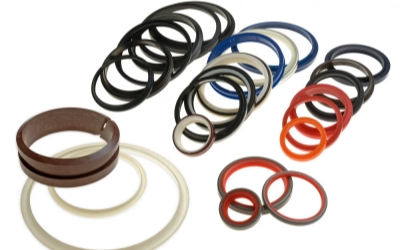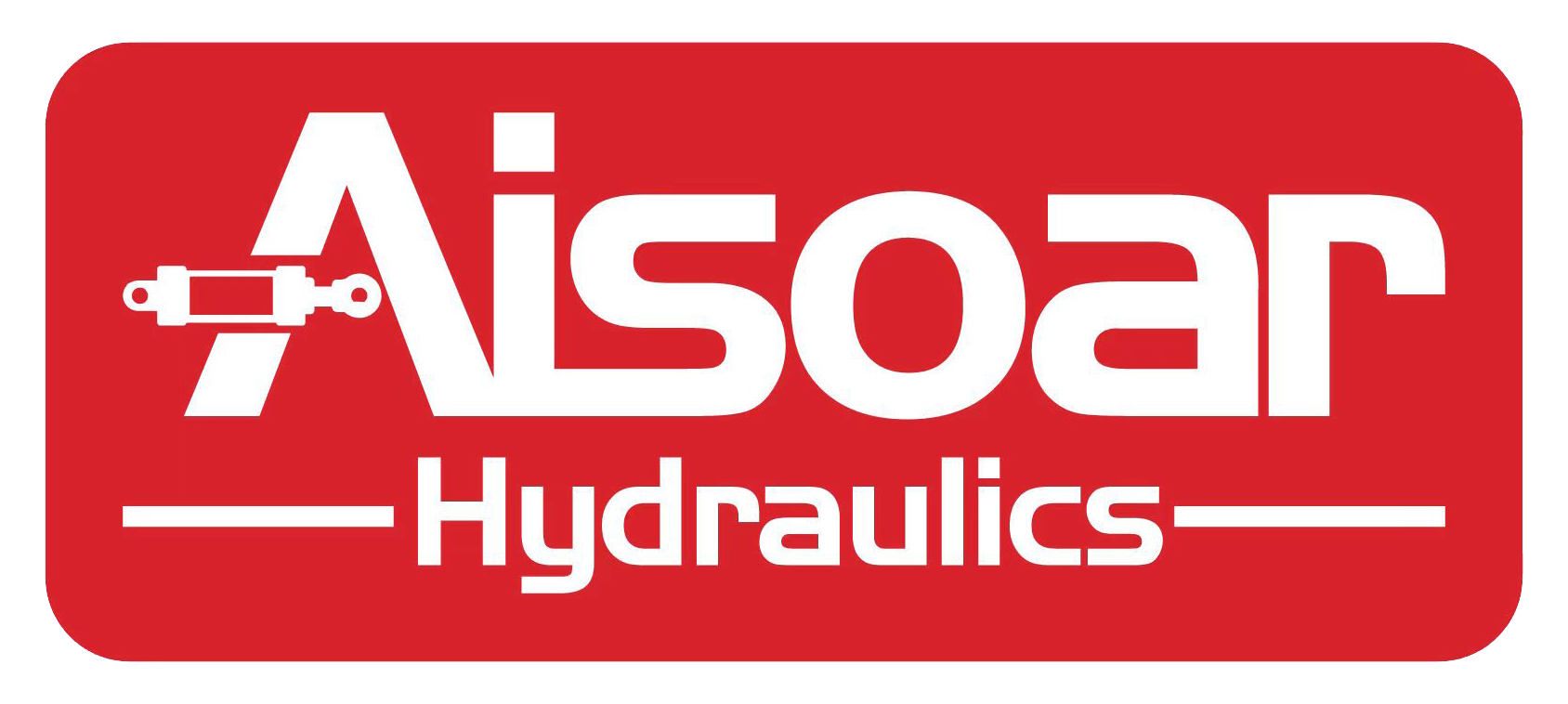Common Causes of Hydraulic Cylinder Leakage and Effective Fixes
Hydraulic cylinder leakage can lead to significant machinery failure, costly repairs, and operational downtime. If left untreated, even a small hydraulic leak can escalate into a major issue, impacting productivity and safety. Fortunately, identifying and addressing the source of the leak early can help minimize damage and ensure smooth operation.
The main cause of hydraulic cylinder leakage is typically worn or damaged seals, which can result from excessive pressure, contamination, or prolonged use. When seals fail, hydraulic fluid escapes, leading to reduced system performance. If you notice a leak, immediately stop using the machinery to prevent further damage. Inspect the seals and components for wear and replace any damaged parts. Regular maintenance and using high-quality seals can help prevent future leaks, saving you time and money on repairs.
Want to learn more about how to fix hydraulic cylinder leaks and keep your machines running smoothly? Keep reading for expert solutions and preventative tips.
What Are the Leaks of Hydraulic Cylinder?
Hydraulic cylinder leaks occur when hydraulic fluid escapes from the cylinder, usually through seals or damaged components. Hydraulic fluid leaks are often the result of worn seals, excessive pressure, or improper installation. Leaks can also happen due to physical damage, such as punctures or cracks in the cylinder body. Hydraulic cylinder repair typically involves identifying the exact point of the leak, whether it’s at the piston, the rod, or the cylinder head. These leaks can lead to decreased pressure, inefficient operation, and even complete system failure if not fixed promptly.
Why Does the Hydraulic Cylinder Leak?
There are several reasons why hydraulic cylinders leak
Worn-out or Damaged Seals: Seals are the most vulnerable part of a hydraulic cylinder. Over time, they can degrade due to friction, high pressure, or exposure to harsh chemicals, leading to oil leaks.

Improper Installation: Incorrect assembly or misalignment during installation can cause uneven pressure distribution, resulting in leaks. Always follow manufacturer guidelines to ensure proper fitting.
Contamination: Dirt, debris, or foreign particles entering the hydraulic system can damage seals and internal components, leading to leaks. Regular maintenance and using clean hydraulic fluid are essential to prevent this issue.
Excessive system pressure or cylinder misalignment can also contribute to hydraulic fluid leaks, stressing seals and causing them to fail.
What Are the Dangers of Hydraulic Cylinder Leakage?
Hydraulic cylinder leakage can result in several serious dangers
First, the loss of hydraulic fluid can lead to a drop in pressure, causing the system to lose its ability to function correctly. This can result in the complete failure of machinery, leading to unplanned downtime and costly repairs. Additionally, hydraulic fluid leaks can pose significant safety risks, as spilled fluid can create hazardous working conditions. It can also damage surrounding machinery, components, or the environment. Hydraulic leak issues can also impact the efficiency of the entire hydraulic system, leading to increased energy consumption and higher operational costs over time.
How to Repair the Leakage of Hydraulic Cylinder?
Repairing hydraulic cylinder leakage involves a thorough inspection to identify the leak's source. Begin by draining the hydraulic fluid and releasing any pressure within the system. Once pressure is released, remove the cylinder from the machinery and inspect the seals, rods, and cylinder body for signs of wear or damage. Hydraulic cylinder repair may involve replacing worn-out seals, cleaning the piston, and repairing or replacing damaged components. In some cases, if the cylinder body is severely damaged, it may need to be replaced entirely. After repairs, make sure to refill the cylinder with the appropriate hydraulic fluid and test the system to ensure the leak is fully fixed.
How to Prevent Hydraulic Cylinder Leakage?
Preventing hydraulic cylinder leaks begins with regular maintenance and timely inspections. One of the most effective ways to prevent hydraulic cylinder leakage is to inspect seals and seals frequently for signs of wear or damage. Using high-quality hydraulic fluid that’s compatible with the system’s materials can help reduce contamination, which is a common cause of seal failure. Proper installation of seals and correct alignment during assembly can also prevent unnecessary strain on the cylinder components. Additionally, regular flushing of the hydraulic system can eliminate dirt or debris that may cause seals to deteriorate. Always follow manufacturer guidelines for how to pack hydraulic cylinders properly to prevent damage during storage or transport.
Summary
Hydraulic cylinder leakage can severely impact machinery and safety, but timely repairs and preventative measures can avoid major issues and extend the life of your equipment.

AISOAR HYDRAULIC CYLINDERS
Hengxin Mansion, No. 588, Jiangnan Main Road, Changhe Street, Binjiang District, Hangzhou City, Zhejiang Province, China
TEL: +86-571-87920309
Email: sales@ai-soar.com
Website: www.aisoarhydraulics.com


 ES
ES RU
RU

